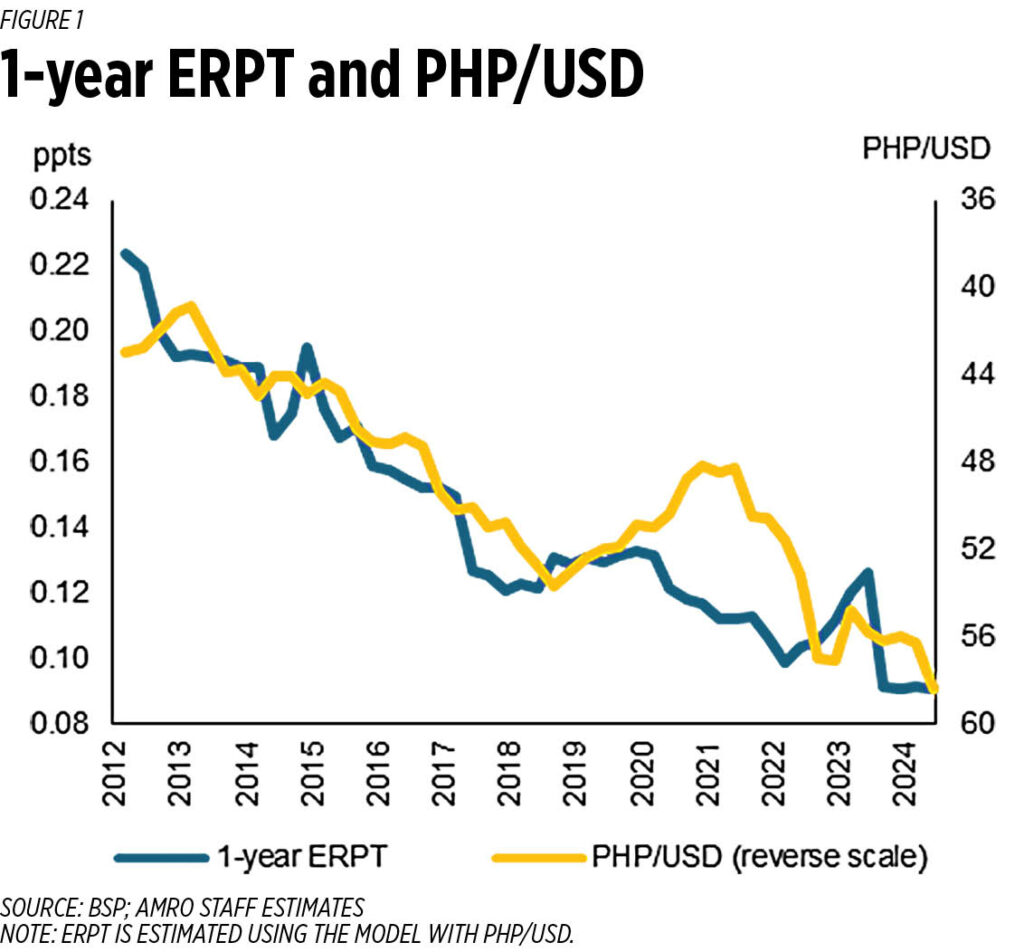The recent emergence of DeepSeek, a Chinese artificial intelligence (AI) platform, has ignited a fresh wave of competition in the AI sector. Its rise has challenged established norms, particularly those upheld by American leaders in the field, such as OpenAI and its flagship product, ChatGPT. The DeepSeek phenomenon signals more than just a technological milestone; it embodies a potential paradigm shift in the global AI landscape, bringing significant implications for businesses and consumers alike.
At its core, DeepSeek’s achievement lies in its cost efficiency. While ChatGPT, backed by OpenAI’s vast resources, represents the pinnacle of high-budget innovation, DeepSeek claims to have developed a competitive model at a fraction of the cost — less than $6 million compared to the over $100 million reportedly spent on OpenAI’s most advanced models. This disparity is profound. If accurate, it challenges the long-held belief that state-of-the-art AI requires massive infrastructure, top-tier microchips, and vast energy reserves. The implications for businesses, especially small- and medium-sized enterprises, are enormous: the cost barrier for adopting advanced AI solutions could drastically lower, fostering broader accessibility.
From a performance perspective, DeepSeek appears comparable to ChatGPT in delivering accurate and contextually nuanced responses. However, the competition is not solely about accuracy or conversational fluency. DeepSeek’s innovation underscores a shift toward resource-efficient AI development, leveraging ingenuity over brute computational force. This has rattled industry giants like Nvidia, whose stock value has experienced significant volatility due to fears of reduced dependency on high-performance chips.
The geopolitical dimension of this rivalry is equally compelling. For years, American dominance in AI has seemed secure, underpinned by unparalleled investment and innovation. Yet DeepSeek’s emergence, despite China’s restrictions on accessing cutting-edge chips, highlights how limitations can spur creativity. This aligns with historical patterns where resource constraints drive disruptive solutions. Nevertheless, questions linger about DeepSeek’s ability to sustain its momentum, particularly under the weight of geopolitical tensions, export restrictions, and skepticism about its transparency and data ethics.
For businesses, the implications of intensifying AI competition are multifaceted. On one hand, the potential democratization of AI — fueled by cost-effective models like DeepSeek — could empower companies across industries. Smaller firms, previously priced out of integrating sophisticated AI, might now have access to tools that enhance efficiency, improve customer service, and drive innovation. Cheaper AI could also reduce software costs, as enterprise solutions incorporate generative AI into their platforms without passing exorbitant expenses to users. This shift would level the playing field, enabling businesses to compete on creativity and execution rather than budgetary constraints.
Conversely, the AI wars may introduce new challenges. The rapid proliferation of AI solutions could overwhelm businesses, complicating decisions about which technologies to adopt. Concerns about data privacy, intellectual property, and ethical standards may deter companies from engaging with unproven or less transparent platforms. For Western businesses, partnering with a Chinese AI provider like DeepSeek might involve navigating geopolitical sensitivities, raising questions about trust and regulatory compliance.
For consumers, the stakes are equally high. The integration of AI into everyday applications promises transformative experiences, from hyper-personalized services to enhanced accessibility for marginalized communities. However, the environmental cost of AI expansion cannot be ignored. Generative AI models demand immense computational resources, driving up energy consumption and, consequently, electricity costs. This has broader implications for sustainability and affordability, especially in regions where data centers dominate energy grids.
Looking ahead, the trajectory of AI development will likely hinge on two competing scenarios. In one, uncertainty stemming from disruptions like DeepSeek could stifle investment, leading to stagnation in innovation. In the other, these disruptions act as a catalyst, accelerating advancements and reducing costs. History suggests that competition, particularly on a global scale, tends to spur progress. This is evident in past technological races, such as the space race and the development of the internet, which yielded groundbreaking innovations.
For business leaders, the emergence of DeepSeek serves as a reminder to focus on adaptability and the human edge. While AI continues to evolve, it is the uniquely human qualities — curiosity, creativity, and emotional intelligence — that will differentiate successful organizations. Companies must invest in upskilling their workforce, fostering a culture where AI complements rather than replaces human effort. Collaboration between humans and AI can unlock new possibilities, enabling businesses to navigate complexity with agility and insight.
Ultimately, the AI wars between platforms like ChatGPT and DeepSeek are not just about technological supremacy but about shaping the future of work, consumption, and innovation. As these tools become more powerful and accessible, they hold the potential to transform industries, enhance quality of life, and drive economic growth. Yet, their impact will depend on how responsibly they are developed and deployed. By striking a balance between efficiency, ethics, and human-centered design, businesses can harness the promise of AI while mitigating its risks.
The views expressed herein are his own and do not necessarily reflect the opinion of his office as well as FINEX.
Reynaldo C. Lugtu, Jr. is the founder and CEO of Hungry Workhorse, a digital, culture, and customer experience transformation consulting firm. He is a fellow at the US-based Institute for Digital Transformation. He is the chair of the Digital Transformation: IT Governance Committee of FINEX Academy. He teaches strategic management and digital transformation in the MBA Program of De La Salle University.
rey.lugtu@hungryworkhorse.com
























